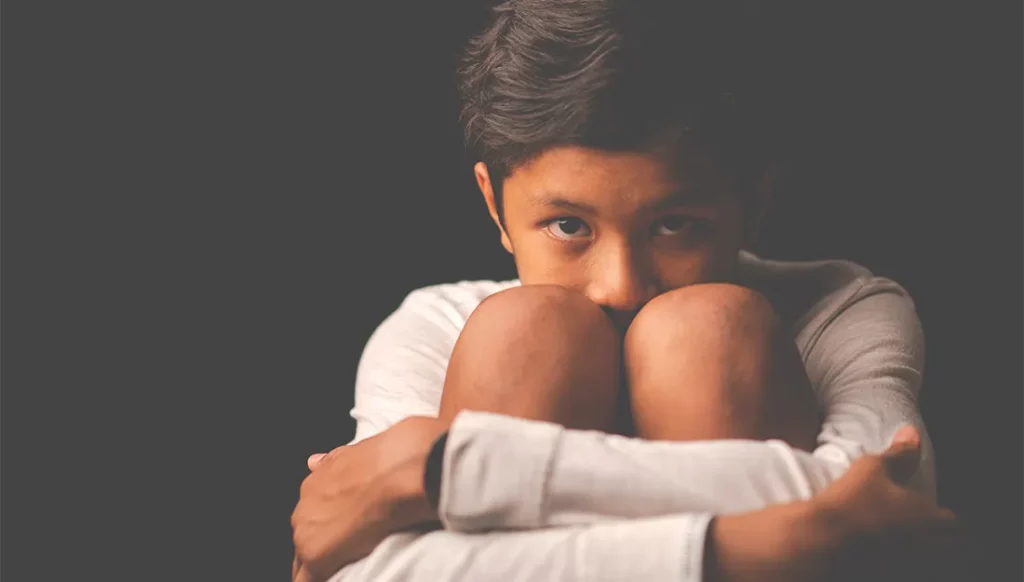Second-generation Asian Indian American adolescents report they face discrimination as early as preschool, new study says

Racial and ethnic discrimination is a regular occurrence for many of the more than 3.5 million South Asians living in the United States. A new study from the Texas A&M University School of Public Health reveals that for young Asian Indian Americans, this discrimination can start as early as preschool and influences development of their identities.
Studies have found increasing rates of hate crimes directed at South Asian Americans, including many Indian Americans, who also face similar levels of discrimination as Hispanic and Native American people.
Yet there have been fewer studies of discrimination and its effects on South Asian Americans. And most previous studies have focused on adult populations, excluding adolescents who are especially vulnerable to discrimination as they explore and form their identities.
A new study published in the journal Frontiers in Public Health takes a new look at ethnic and racial discrimination that a subgroup of South Asian Americans—Indian Americans—face in the United States, focusing on a younger population than in previous studies. The research team led by Jamilia Blake, School of Public Health professor and director of the Center for Health Equity and Evaluation Research (CHEER), surveyed second-generation Indian American adolescents to find out about their experiences with racial and ethnic discrimination and how these experiences affected their identities.
The study relied on data from open-ended surveys of nine Indian American adolescents between the ages of 12 and 17. These adolescents were all classified as second-generation, in this case meaning they were born in the United States and had parents who emigrated from India after the age of 18. The researchers collected data through individual interviews with participants lasting between 30 minutes and one hour. The interviews covered five hypothetical situations involving discrimination and included follow-up questions as needed to gain an understanding of how each participant viewed the scenarios.
The interviews highlighted the ways Indian American adolescents experience discrimination and how those experiences influence their identities. The interviewees reported about hate crimes and their experiences with peers at school who made discriminatory comments about Indian culture, language or religion.
These adolescents also discussed the difficulties they faced balancing their Indian identity with their desire to be seen as American. This balancing act often relies on code switching, where the interviewees spoke and acted differently when with family and at school. In some cases, these adolescents felt they were seen as fitting into neither group. The interviews also showed that Indian American youth begin facing discrimination as early as preschool or elementary school.

